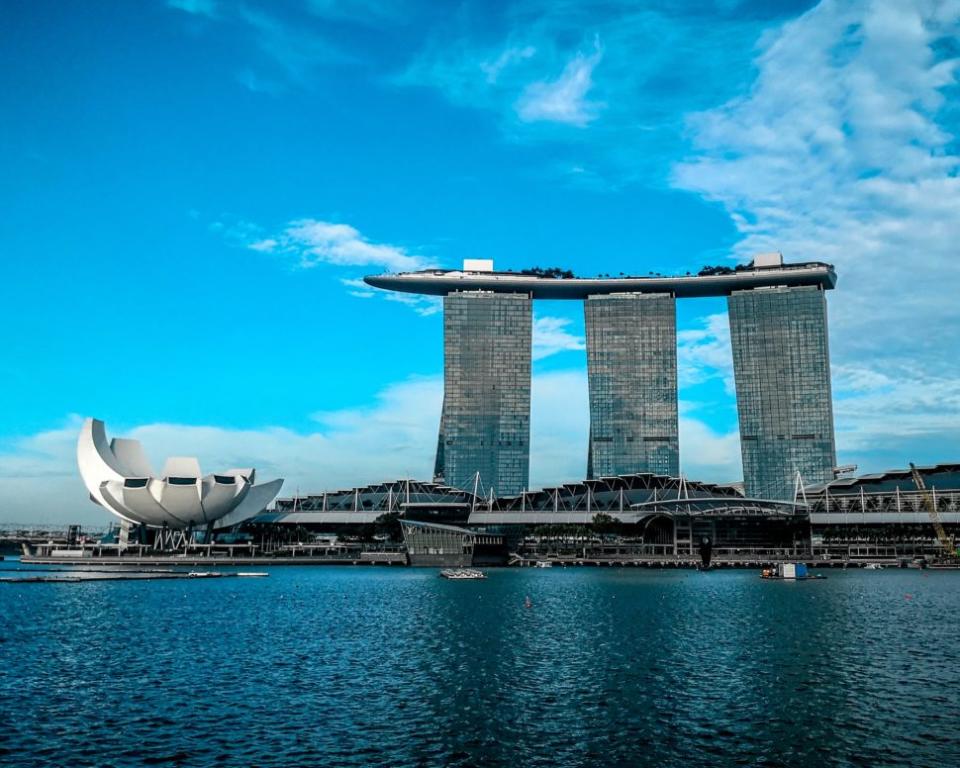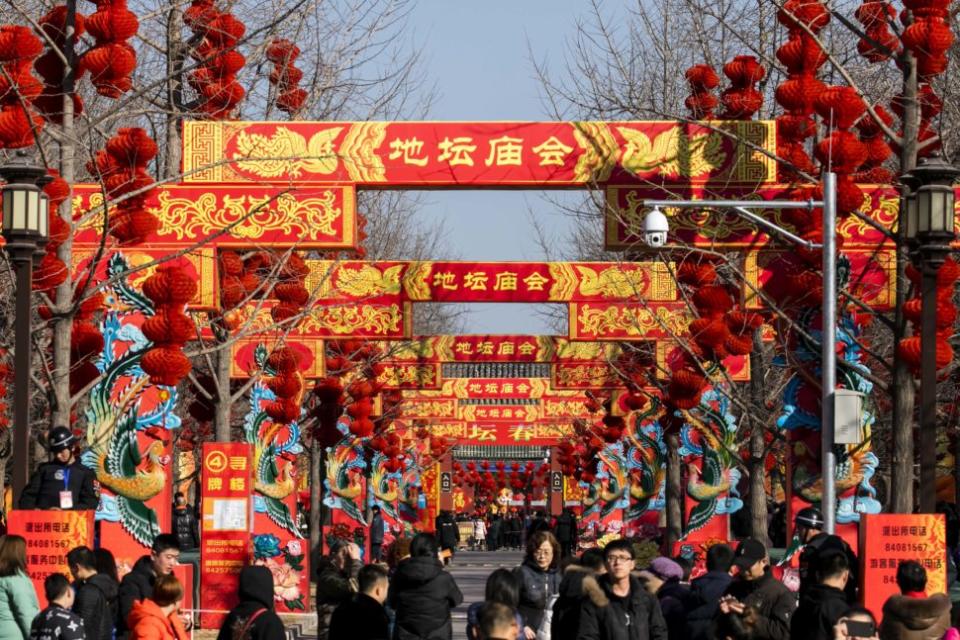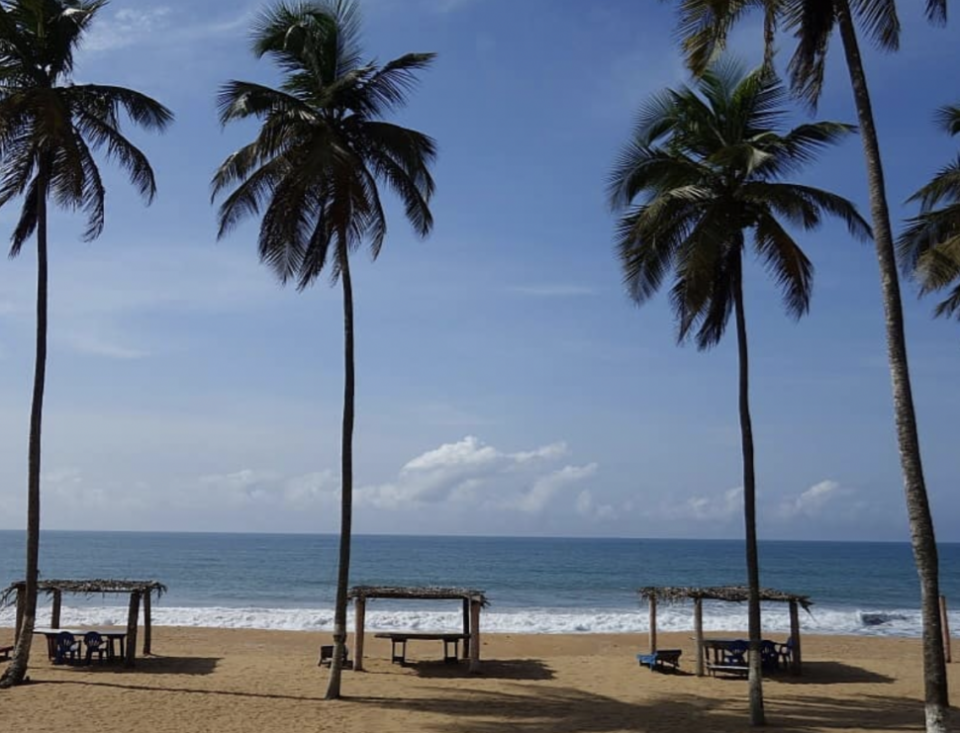These Are The World’s Most Religiously Diverse Countries

In the quest for destinations to call home, the notion of safety often looms large on the list of considerations. For individuals whose beliefs may not align with the mainstream, the level of acceptance can be a critical factor in choosing where to settle.
On this journey of discovery, Travel Noire shines a light on countries that champion religious diversity, understanding that the quest spans far beyond geographical borders. While many of these havens of pluralism can be found across East Asia, you can also uncover a few sanctuaries where the freedom to embrace any faith remains steadfast and unwavering.
Singapore

Singapore, often called the Lion City, epitomizes a remarkable melting pot where religious diversity thrives. Regardless of their faith, Singaporeans come together to celebrate festivals with grandeur. In Singapore, there’s no state-imposed religion that citizens must adhere to. Here, the people are free to choose and follow the faith that resonates with them. This unique aspect sets Singapore apart from other nations, as it truly upholds the principle of religious freedom. The religious landscape in Singapore is, in essence, a beautiful mosaic of various communities coexisting harmoniously.
Buddhism is the most prevalent religion in Singapore, embraced by 33.3% of the population. Singapore is a diverse tapestry of faith, with 10 distinct religions finding their home within its borders. Alongside Buddhism, Hinduism, Islam, and Christianity hold primary positions in the religious landscape. Beyond these, there are minority religions like Zoroastrianism, Judaism, Sikhism, Jainism, and more.
Suriname
Christianity is predominant in Suriname, comprising 48.4% of the total population. The country’s Christian landscape includes denominations like the Anglican Church, Catholicism, and various Protestant groups. Although the Catholic missions initially appeared in 1683, Christianity’s substantial growth occurred after Suriname came under Dutch rule in 1816. The faith found acceptance among indigenous people and West African slaves, forming a significant portion of Suriname’s Christian community.
Hinduism is the second-largest religion in Suriname, with the country having the third-highest proportion of Hindus in the Western Hemisphere. These Hindus, primarily descendants of laborers from India, arrived as indentured workers on Dutch plantations. The Dutch’s more tolerant policies allowed them to practice their faith freely in Suriname. After the nation’s independence, many Hindus settled in the northern coastal regions, where they now constitute the religious majority.
Suriname also has a significant Islamic community, mainly tracing its origins to South Asia and Indonesia. They were brought to the country as indentured laborers. Most are Sunnis, while smaller segments follow Sufism, Javanese Kejawèn, and other syncretic beliefs. Indigenous and Afro-descendant populations in Suriname maintain traditional religions, emphasizing the worship of nature and ancestors. Despite the religious diversity, Suriname promotes religious freedom and tolerance, allowing its citizens to practice their chosen faith. While the country’s political parties often have strong ethnic connections to particular religions, they do not enforce any religious mandates on their members or leaders.
China

China is a religiously diverse nation, with various faiths practiced throughout the country. The Chinese people adhere to Buddhism, Taoism, Islam, Catholicism, Protestantism, and Confucianism, all of which are constitutionally protected. A dedicated body within the State Council is responsible for supporting these different religious groups in China.
Buddhism in China, which came from India via the Silk Road around the 2nd century BC, remains one of the most widespread religions. It is practiced in regions like Tibet, Inner Mongolia, and other parts of the country. China has approximately 9,500 Buddhist temples and monasteries, some with a history stretching back over two millennia.
Ivory Coast

In Ivory Coast, local religions are the most commonly practiced in the country, often blending elements of Christianity or Islam. In the 1980s, government estimates indicated that around a quarter of the population identified as Muslim, and about an eighth as Christian, predominantly Roman Catholic. The practice of Islam and Christianity in Ivory Coast takes various forms, adapting to the diverse social and spiritual needs that arise in the nation.
Islam has had a presence in the country’s far north for centuries, transitioning from a global religion based on written scriptures to a symbol of identity and an alternative to European faiths. Christian missionaries arrived on the coast in the 17th century, but mass conversions didn’t occur until the 19th century. Christianity appealed to educated Africans and those seeking opportunities through interaction with Europeans.
Ivory Coast demonstrates a remarkable harmony between various religious communities, as no single dominant faith exists. Individual conversions are more common than widespread religious shifts, and it’s not unusual for Muslim and Christian family members to coexist. Tolerance and coexistence are central elements of Ivory Coast’s religious landscape, reinforced by government policies that promote the construction of mosques and churches and encourage collaboration among different religious communities.
South Korea

In South Korea, religious affiliations present a diverse and multifaceted landscape. Approximately half of the population identifies with no particular religion, leaving a tapestry of faiths to coexist within the country. Among the traditional religions, Shamanism, Confucianism, and Buddhism hold the oldest roots in Korean culture, influencing religious beliefs and shaping societal norms and values. Buddhism, which arrived in Korea from China in the 4th century, is characterized by numerous temples across the nation. At the same time, Confucianism played a pivotal role during the Joseon dynasty, emphasizing ethics, morality, and ancestral worship. Since ancient times, Shamanism has remained influential in Korea, offering spiritual guidance and rituals, even coexisting with other major religions introduced to the country.
The introduction of Christianity, particularly Protestantism, gained prominence in South Korea after the Korean War and the arrival of American missionaries. These missionaries brought religious teachings and established schools and hospitals, ingraining Christianity in education and healthcare. This development led to Christianity becoming the largest religion in the country, with numerous followers primarily belonging to Protestant denominations. Nationalism played a role in this shift, with Korean Christians resisting Japanese rule during a challenging period.
South Korea also hosts various other religions, including Islam, Won Buddhism, Cheondogyo, and Daejonggyo, which collectively contribute to the rich tapestry of faith influencing daily life and traditions in the country. While Buddhism, Confucianism, and Christianity are technically present in North Korea, government restrictions severely limit religious activities, treating temples as cultural relics and focusing religious education on foreign trade.

